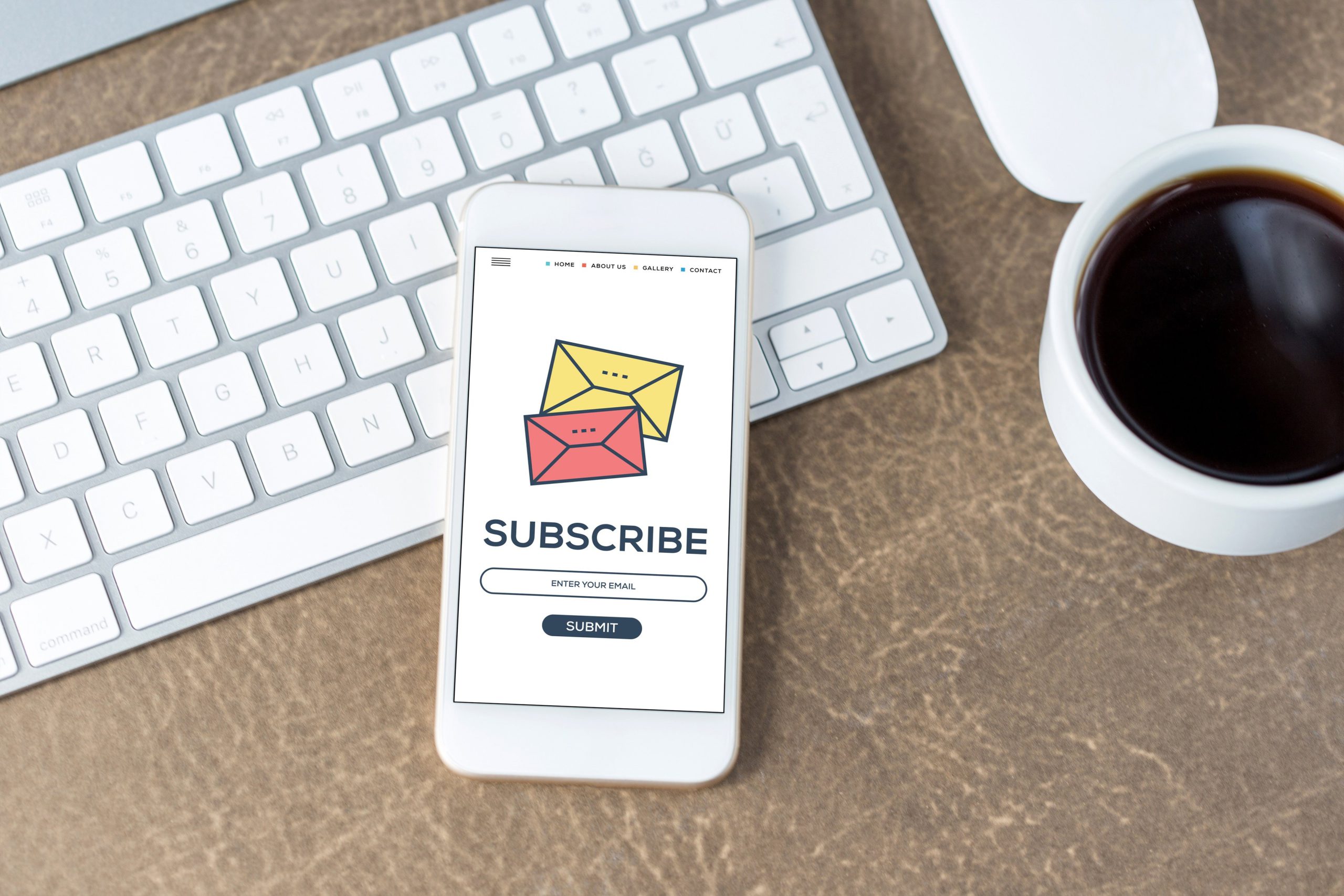10 tips to better engage and convert your marketing campaigns.



Hélène Froment
Catégorie : Email marketing
Whether their goal is to engage clients, acquire new ones, or sell promotional offers of the season (Black Friday, Christmas, sales weeks, etc.), marketing campaigns play a crucial role in the customer experience and conversion. After setting up best practices, it’s now time to take a deep dive into emailing essentials and reminder ourselves the customer relationship essentials. Here are 10 key tips for your campaigns to be successful:
Inserting them both into the header and the footer avoids having your readers scroll through the entire email to reach them. But what are these links?
For example: “Hélène from Splio”. On the first hand, your recipient will feel like they are receiving an email from a “real person” – which is true after all – and on the other hand, your most loyal customers might be more likely to open your email as they will quickly identify your brand.
Even if in principle the subject of an email doesn’t have any limitation, it’s something else in reality. A subject line too long won’t be totally displayed by the mail client or the device used to read the email. Here is a quick overview of the limitation per ISPs/mail client to help guide you:
On smartphones and tablets, the number of characters displayed is even shorter, 30 characters on iPhone, for example. According to the SNCD, 81% of marketing emails are read from a mobile device. Don’t forget to put your key messages at the beginning of your subject!
Often unknown and little used, the preview text for your emails can help you boost your opening rates. But what is the preview text?
It’s the sentence that appears right after your subject but it’s also the first words of your email. The preview text is mostly displayed on mobile mailboxes but also on some web mail clients (such as Gmail or Outlook). Senders don’t think about the preview text: it’s generally used by the mention “see this email on my browser”, first sentence of the email… what a mistake! It’s better to take advantage of this space with an impactful message which completes your subject. Of course, the available space depends on the length of your subject. We recommend that you make good use of this space by linking the content of your preview text with your email’s subject.
Say goodbye to long text without images and say hello to the rule of two-thirds/one-third. In other words, offer a clear and brief message via a structured email with 2 thirds of text and 1 third of images. Don’t send your entire email in image-based format or you will be blocked by the anti-spam filters of the ISPs. On the one hand, your customers would never receive your email and on the other hand, it could have a negative impact on your deliverability. So, to conclude this tip, try placing your call-to-action above the water line, the virtual line under which the content of your email won’t appear if your reader doesn’t scroll your email.
Start by saying hello by using the first name of your reader. Then, if the style can stay the same for your entire audience, the content should be individually personalized. You can offer a selection of products/brands your reader be most likely to appreciate regarding their purchase history, for example. Such an email will be 100% customized and your chances to convert even higher.
Don’t write your messages in capital letters and or bold fonts. It’s as both aggressive and bad for your deliverability. If you want to highlight a key message, used sparingly a little bold font or colors are OK. The thing is to measure it and to not do tone-on-tone, which means to put your text in the same color as the background of your email. Simplicity also goes for your content: no spam words, which could interpreted as scam emails by the ISPs. Say goodbye to words such as “shopping”, “best prices”, “special offer”, “win”, etc. You can replace them with emojis… but still sparingly.
It’s not a prerequisite in terms of emailing and deliverability but it will allow you to be read by people who deactivated the html view of their emails.
It’s an internal organization that controls the web technical standards. These norms often change. Our recommendations are to:
Test your email on several mail clients (Gmail, Outlook, Yahoo!…) and devices (computers, smartphones, tablets, etc.) before mass sending it. The SNCD indicates that when the images aren’t displayed, readers always or almost always delete or ignore the email.
To conclude, you can never do enough testing – make sure to do A/B Testing on 10% of your base (5% per choice). Email creation and deliverability aren’t an exact science. That’s why test and learn is your best bet to ensure you send the winning email to the rest of your database.
{{cta(’61b99561-8807-43c6-b071-aeb46c37913b’,’justifycenter’)}}
Sommaire